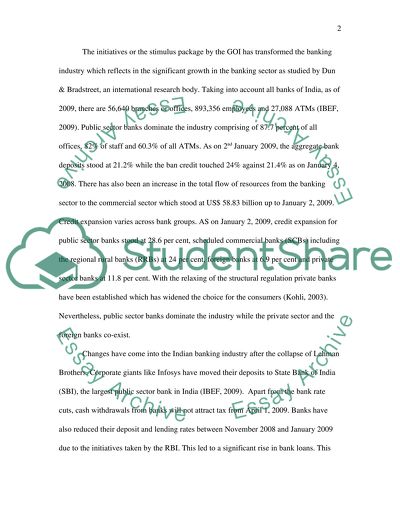Cite this document
(“Prepare an overview of the Banking Sector of INDIA. Mention your Essay”, n.d.)
Retrieved from https://studentshare.org/miscellaneous/1554118-prepare-an-overview-of-the-banking-sector-of-india-mention-your-sources
Retrieved from https://studentshare.org/miscellaneous/1554118-prepare-an-overview-of-the-banking-sector-of-india-mention-your-sources
(Prepare an Overview of the Banking Sector of INDIA. Mention Your Essay)
https://studentshare.org/miscellaneous/1554118-prepare-an-overview-of-the-banking-sector-of-india-mention-your-sources.
https://studentshare.org/miscellaneous/1554118-prepare-an-overview-of-the-banking-sector-of-india-mention-your-sources.
“Prepare an Overview of the Banking Sector of INDIA. Mention Your Essay”, n.d. https://studentshare.org/miscellaneous/1554118-prepare-an-overview-of-the-banking-sector-of-india-mention-your-sources.


